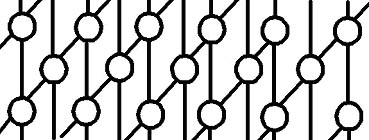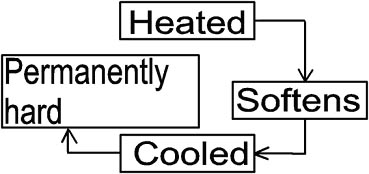Sources of Plastics
- The main source
of synthetic plastics is crude oil.
- Coal and natural
gas are also used to produce plastics.
- Petrol, paraffin,
lubricating oils and high petroleum gases are bi-products, produced
during the refining of crude oil.
- These gases are
broken down into monomers. Monomers are chemical substances consisting
of a single molecule.
- A process called
Polymerisation occurs when thousands of monomers are linked together.
The compounds formed as called polymers.
- Combining the element
carbon with one or more other elements such as oxygen, hydrogen, chlorine,
fluorine and nitrogen makes most polymers.
Sources of plastics
Where does plastic come from?
- Plastics can be either found
in natural substances or may be man-made. Most of the plastics used
today are man-made.
- Man-made plastics are known
as synthetic plastics.
- Natural 'plastic products'
occur in such things as animals' horns, animals' milk, insects, plants
and trees.

Plastics found in natural substances
| Animals horns | Casein (glue) |
| Animals milk | Formaldehyde (glue) |
| Insects | Shellac (French polishing) |
| Plants | Cellulose
(table tennis balls)
Cellulose acetate (cloth, photographic film, handles) Cellophane (wrapping) |
| Trees | Latex (rubber)
Rosin (resin) paint Amber (semi-precious
decoration) |



